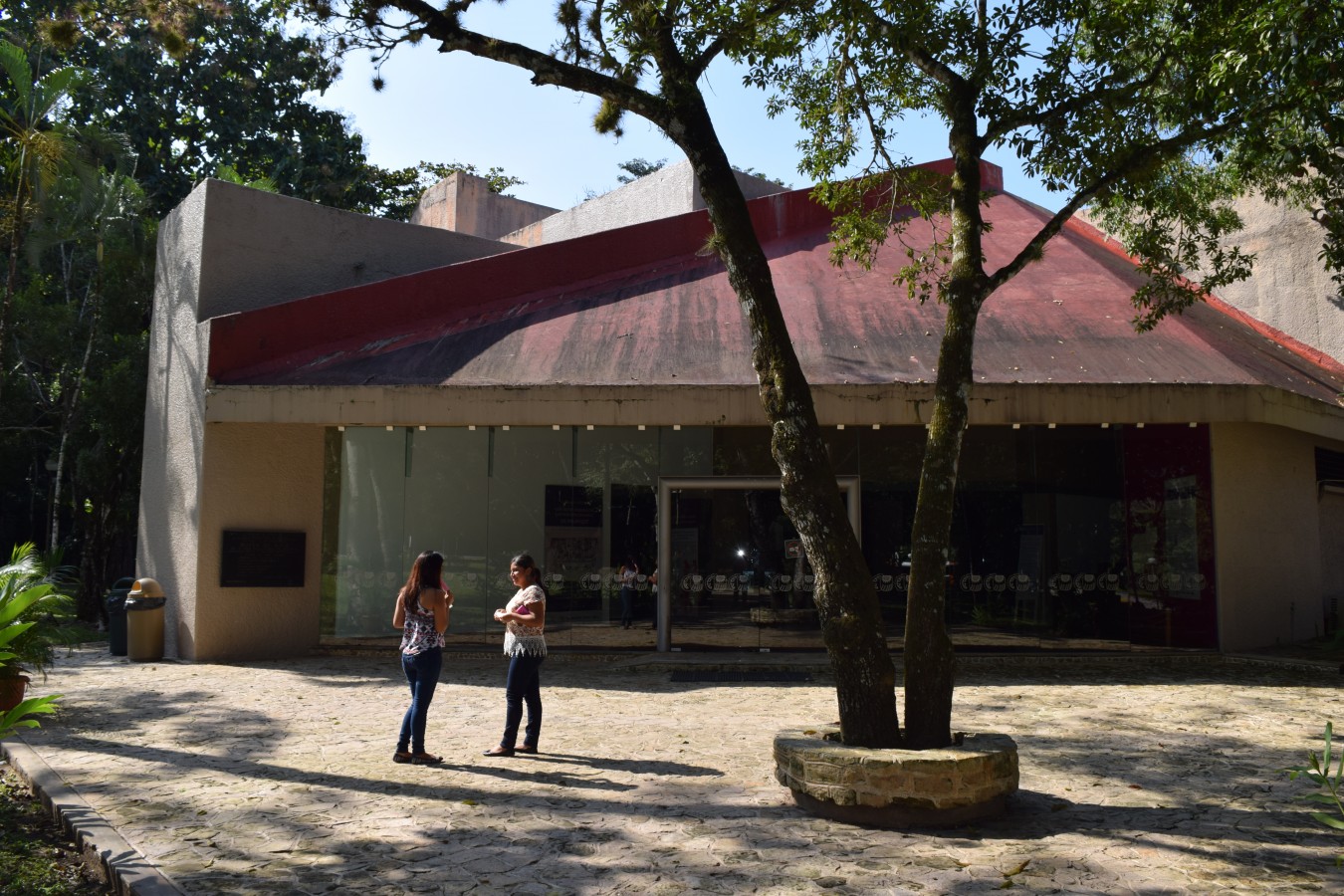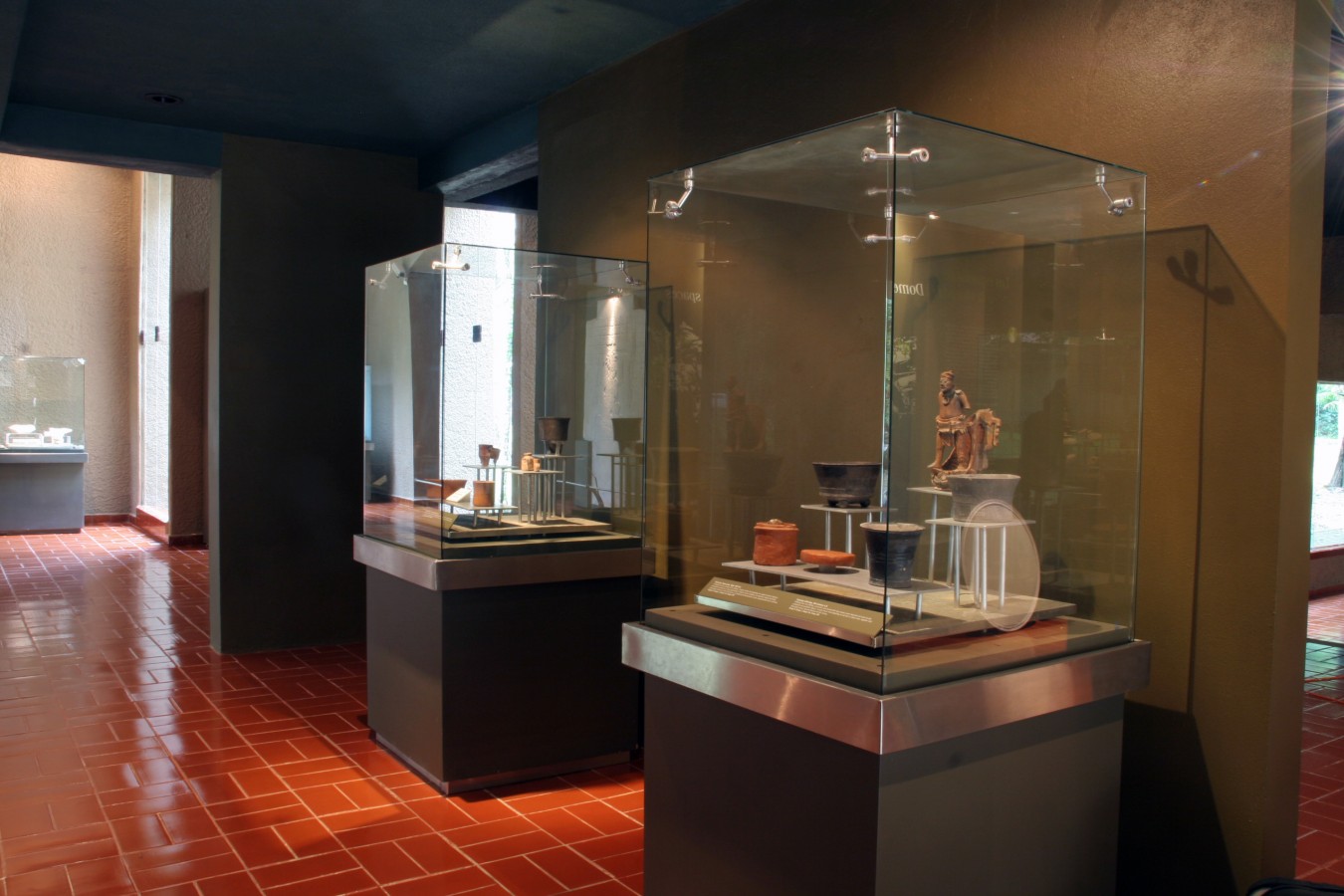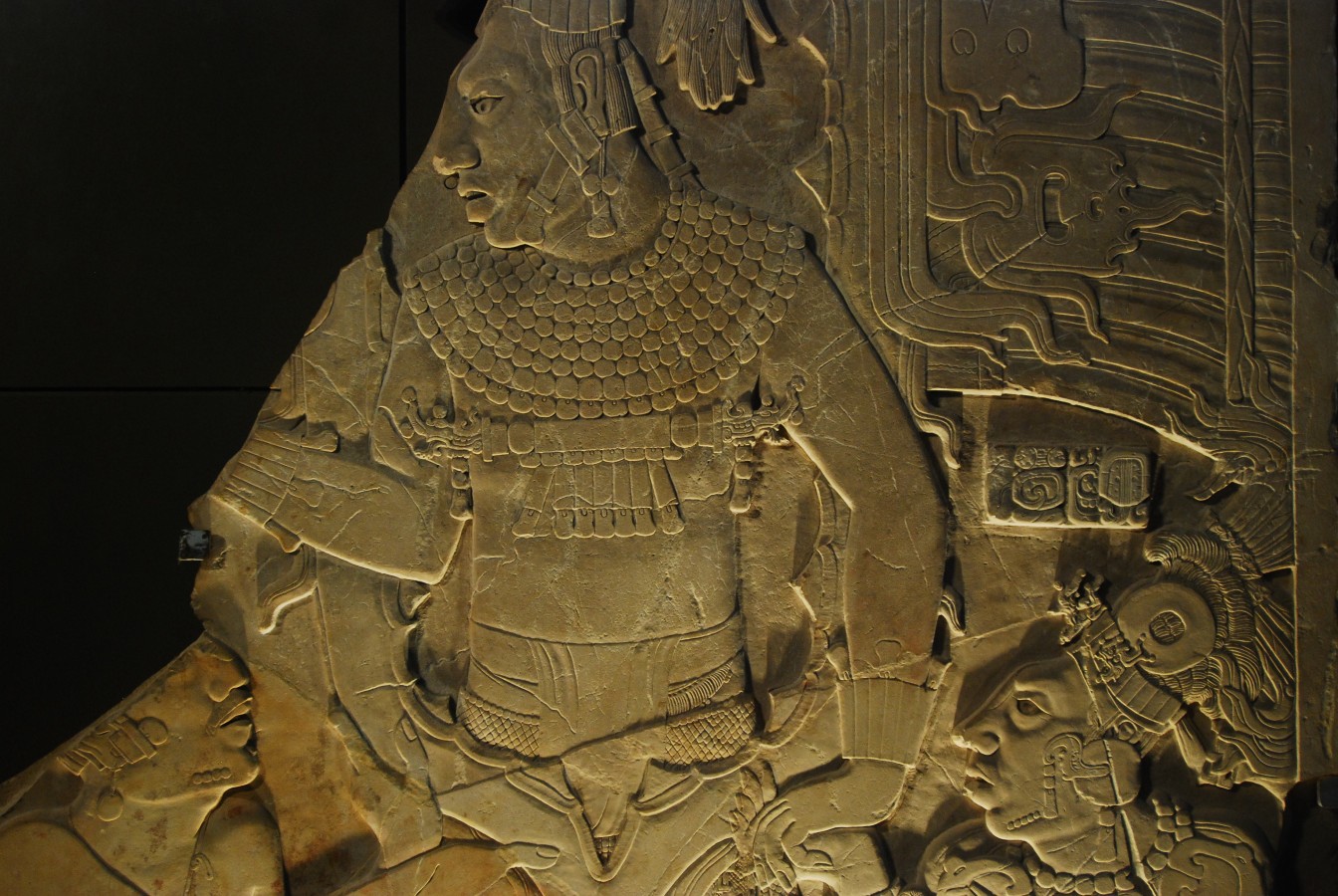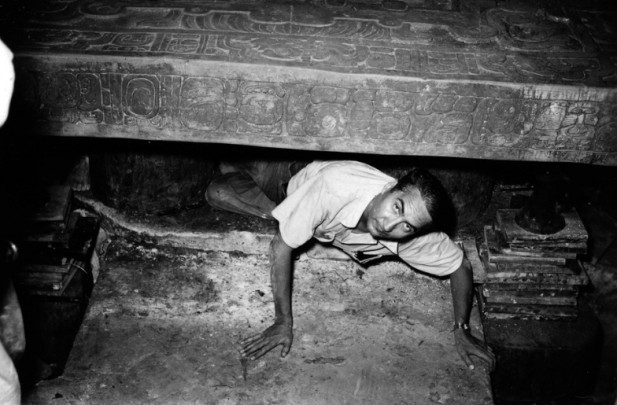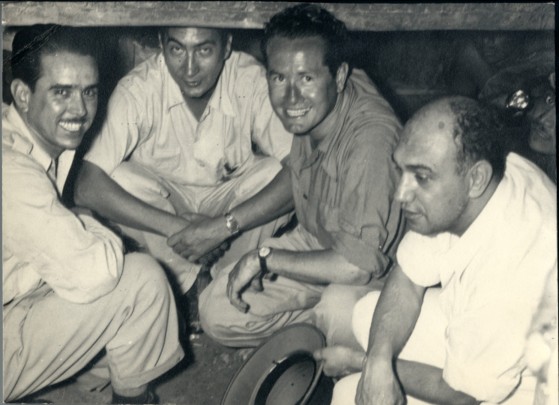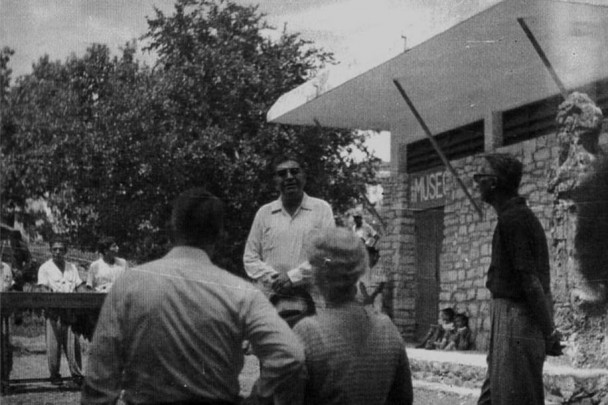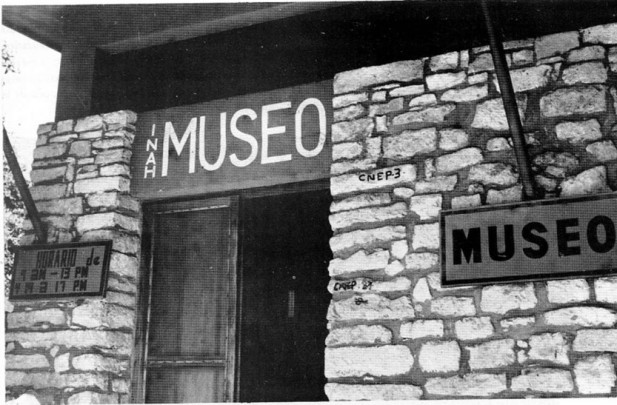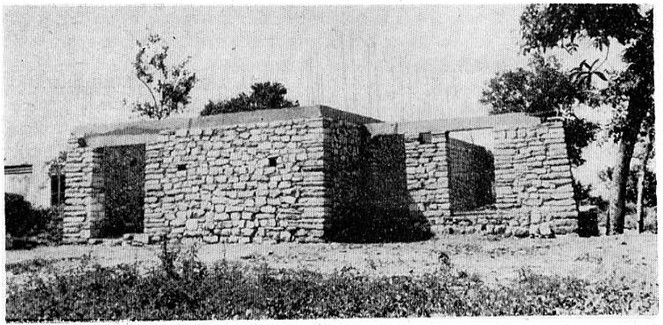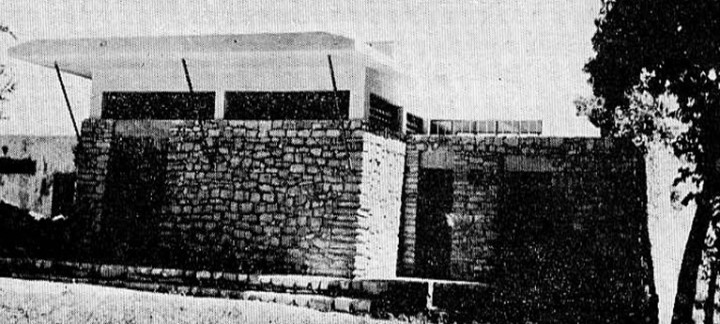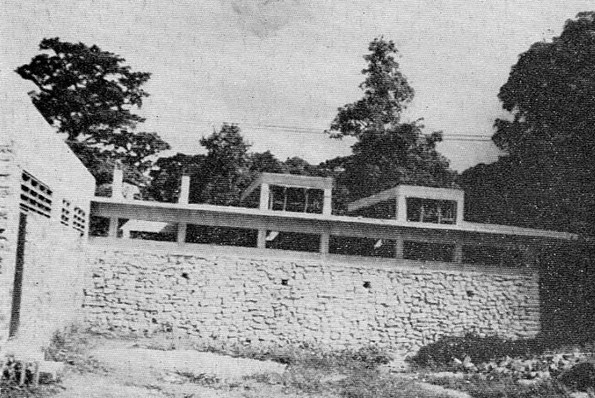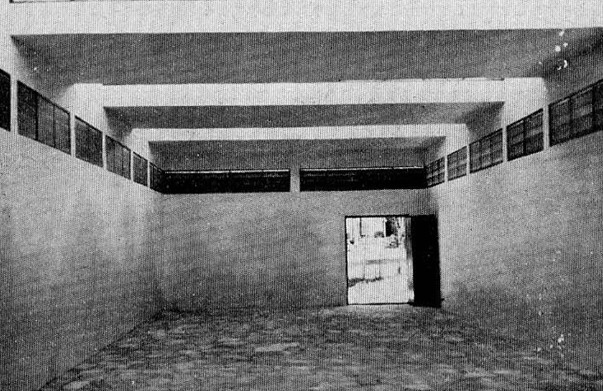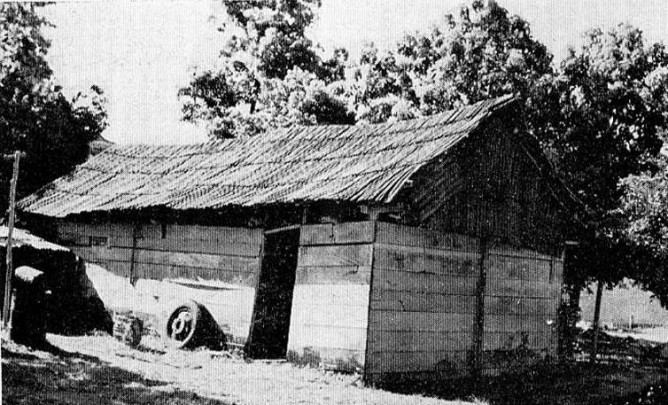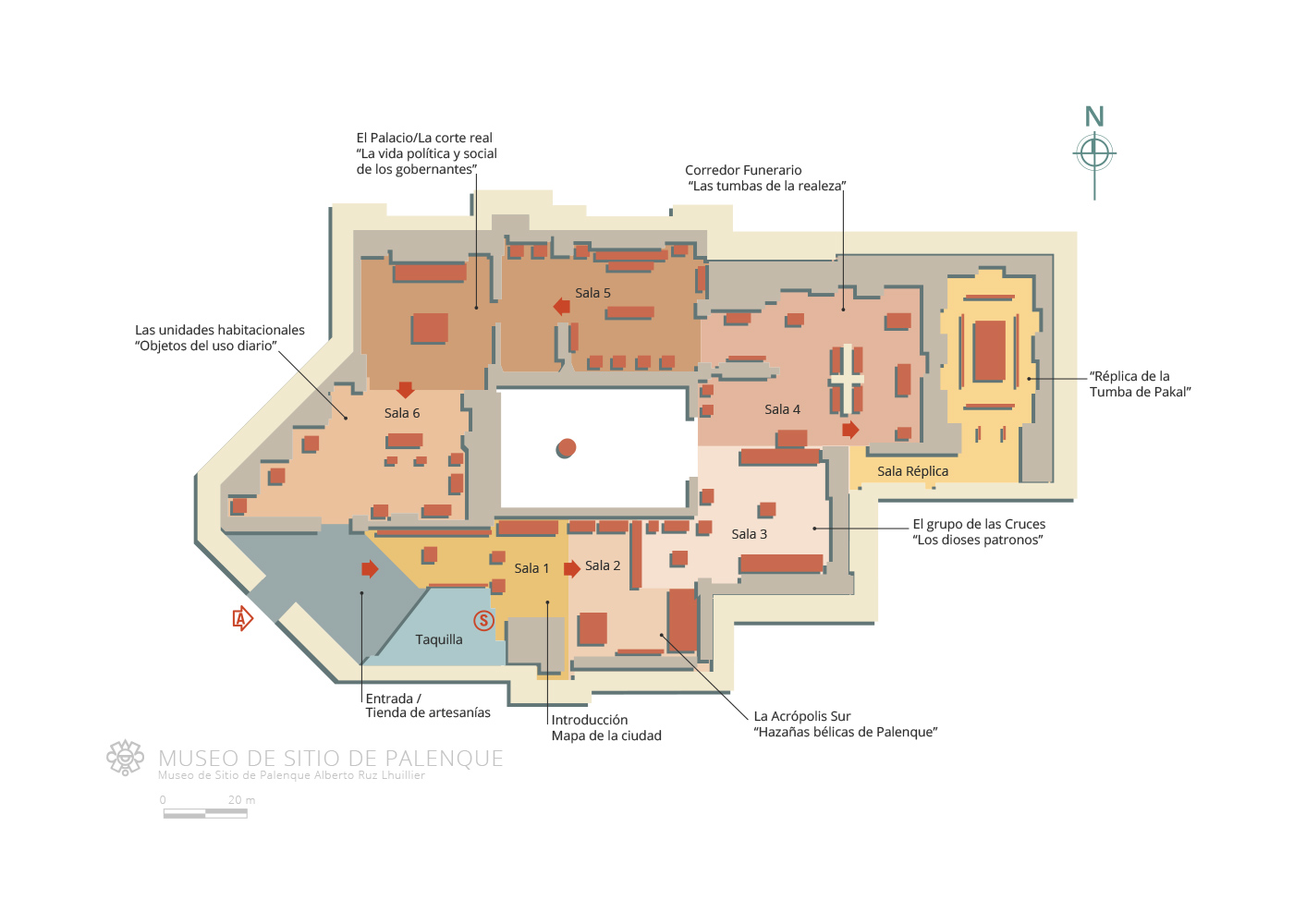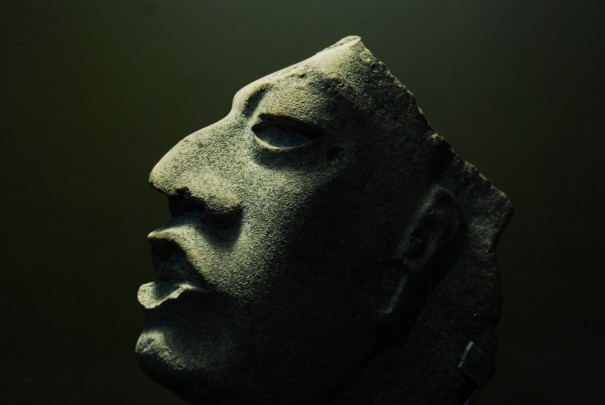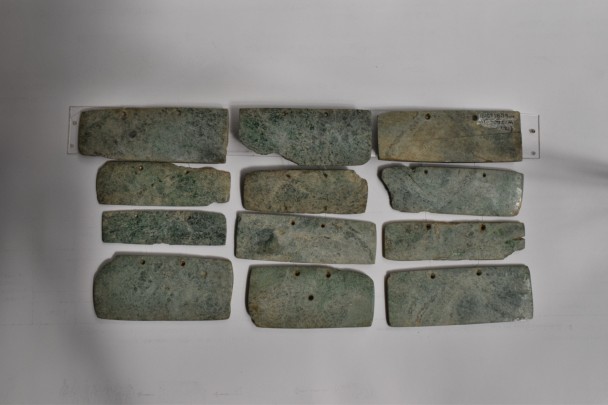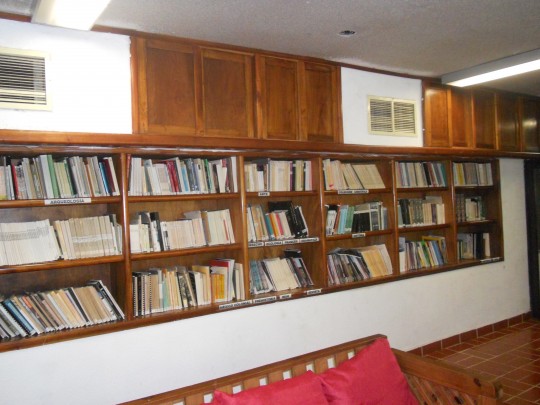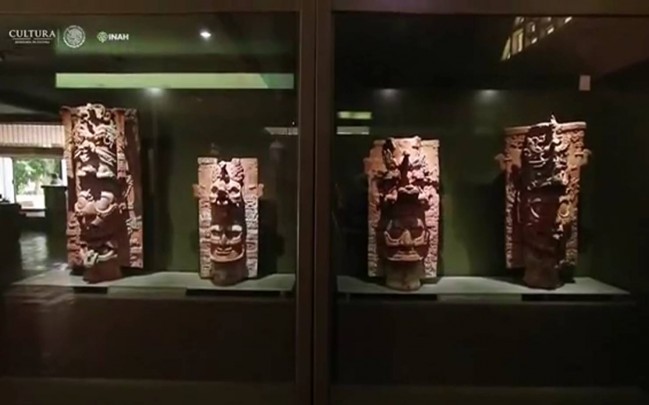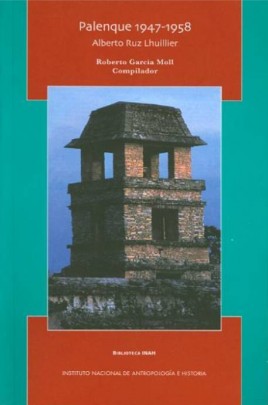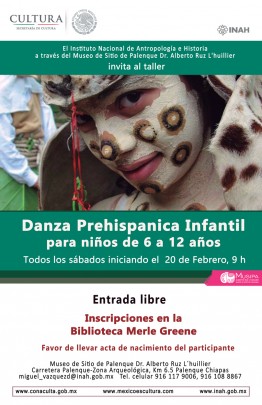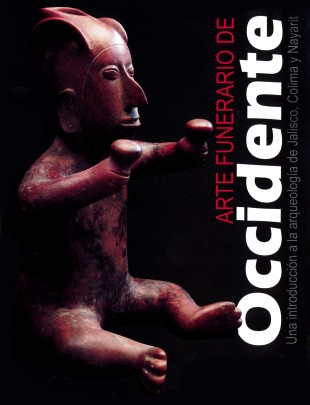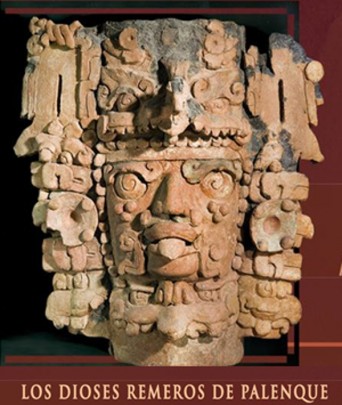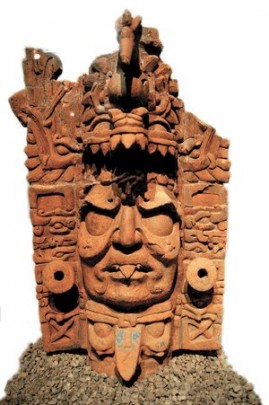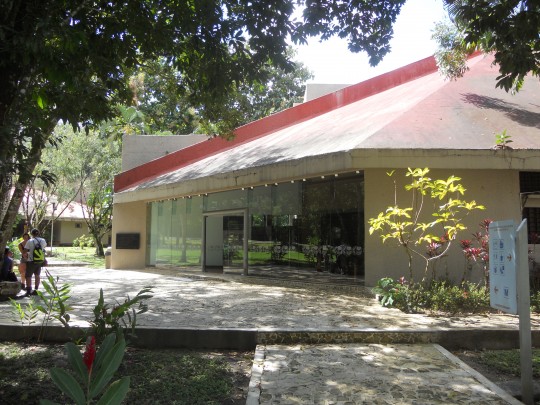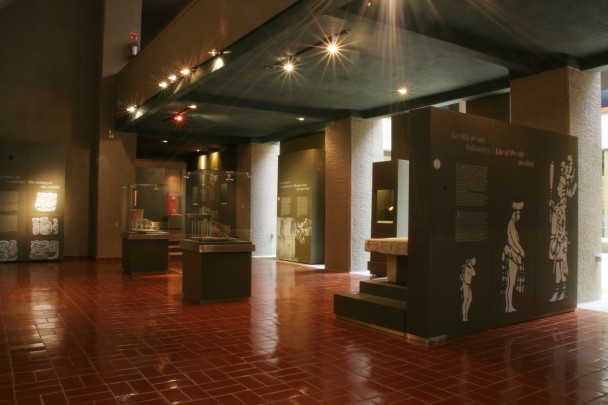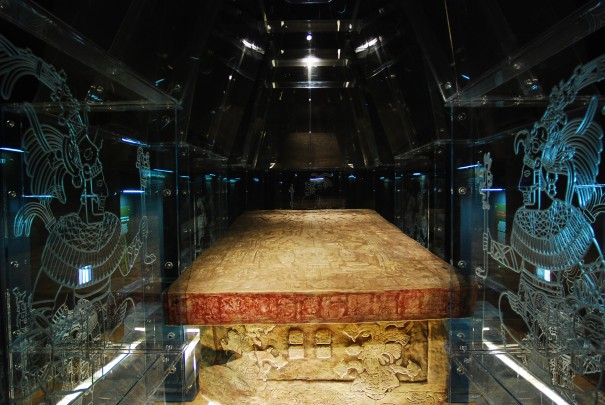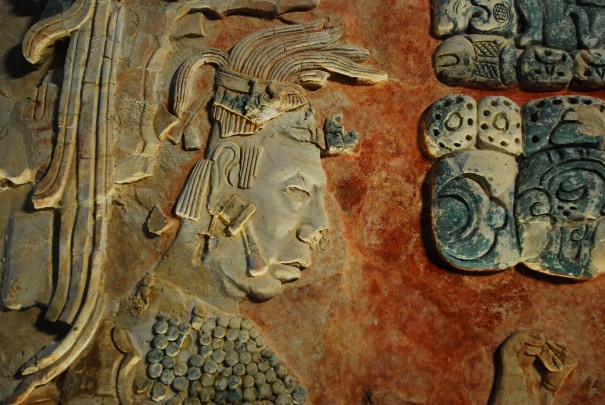Museo de Sitio de Palenque "Alberto Ruz L'Huillier"
The city of King Pakal, whose sumptuous tomb was discovered by archeologist Alberto Ruz Lhuillier in 1952. The museum houses his rich collection and shows the great skills of the ancient Maya as sculptors and metal workers, their funeral customs, the life of the elite and of the populace.
About the museum
The Dr. Alberto Ruz Lhuillier Palenque Site Museum is on the Palenque archeological site, in the north of the state of Chiapas. It has had two basic functions since opening in 1958: firstly to conserve the objects found during site excavations, and secondly to provide interpretative displays for the archeological monuments.
Considered to be one of the most notable museums of the Mayan region, it holds around 200 pieces from different parts of the Palenque site. These objects are very clear examples of the forms of artistic expression developed by the dynastic power of this ancient city. They are also information sources on the religious beliefs, ceremonial practices and the prevalent forms of political organization in the city of Palenque. From delicate clay figures to great limestone sculptures, the finds from the archeological site demonstrate the sensibility and strength of local artistic traditions, whose influence spread to other Maya cities, such as those located in the Usumacinta region.
The Palenque Museum traces its origins to a small palm-thatched timber shed which served as the storeroom for safeguarding the stucco fragments, ceramics and worked stone occasionally found on the site during the clearing of monuments. This building was located to the east of the present-day site archeology base, very close to the Otolum river, as illustrated by Alfred Maudslay in his topographical survey of 1899. In 1923 Franz Blom collected a variety of archaeological material, recovering a series of pottery, stucco and sculpted objects. Miguel Ángel Fernández began the formal excavation of the site between 1933 and 1942. These excavations considerably increased the collection of archeological material in the storeroom.
The formal history of the museum began with the arrival of Alberto Ruz Lhuillier in Palenque. He undertook some of the most important investigations of the site between 1949 and 1958, establishing a project to define the different periods of Palenque culture based on the archeological material, as well as recognizing the urgent need to conserve the monuments. In view of the notable increase of the archeological collections, as a result of the previous excavations as well as those being undertaken at the time, he erected, as part of his program, a new building which would serve as the base for the archeologists, the museum and a storeroom. The first formal Palenque site museum opened to the public on September 28, 1958. Professor Carlos Pellicer was responsible for setting up the displays which were inaugurated on that date.
Considering the growing reputation of the ancient city of Palenque and given the environmental conditions of the building, as well as its space limitations, it was decided in 1991 that a new building would be needed to enable the housing of a much larger collection and to provide a suitable and worthy exhibition for the diverse collection of artifacts, which had grown considerably with the excavation projects undertaken on site at the time. The new museum opened on May 15, 1993, with contributions from the Federal Government, the Chiapas State Government and from philanthropic sources. The donors contributed to a fund for the works, displays and curatorship. The museum was built on the site of an abandoned hotel next to the access road to the archeological site, four miles into the zone. The project not only covered the site museum displays but also a host of services including an auditorium with seating for 120 people, rooms for educational workshops, a cafeteria, library, bookshop and stores for the sale of reproductions, a craft store, parking, a ticket office, administrative areas and toilets; all distributed in three buildings surrounded by green areas. The total area is three-quarters of an acre. The works were finished in 2002 and the museum is now the site for the conservation of the archeological collections left by the ancient people of Palenque for posterity.
Finally, a gallery interpreting the tomb of the Temple of the Inscriptions was added in 2008 with lively and accessible information using electronic documents and audio-visual aids with information about the Mayan region and the ancient city of Palenque. The spatial design also reflects major themes which are essential for an understanding of ancient society, such as religion, warfare, the development of architecture, urban growth and politics.
A cultural property warehouse was inaugurated in 2009. This is for the storage of pieces found at the archeological site. It is a double-height building with sufficient space for the storage of the collection, it has walkways, storerooms and all the facilities needed for the care and conservation of the artifacts.
A museum visit now recreates a tour of the archeological site as it was in the Classic Mayan period from 250 to 900 AD. The architectural design of each of the museum spaces also has specific thematic references, including the pieces on display, touching on ideology, military campaigns and the everyday communal life of Palenque in pre-Hispanic times.
Considered to be one of the most notable museums of the Mayan region, it holds around 200 pieces from different parts of the Palenque site. These objects are very clear examples of the forms of artistic expression developed by the dynastic power of this ancient city. They are also information sources on the religious beliefs, ceremonial practices and the prevalent forms of political organization in the city of Palenque. From delicate clay figures to great limestone sculptures, the finds from the archeological site demonstrate the sensibility and strength of local artistic traditions, whose influence spread to other Maya cities, such as those located in the Usumacinta region.
The Palenque Museum traces its origins to a small palm-thatched timber shed which served as the storeroom for safeguarding the stucco fragments, ceramics and worked stone occasionally found on the site during the clearing of monuments. This building was located to the east of the present-day site archeology base, very close to the Otolum river, as illustrated by Alfred Maudslay in his topographical survey of 1899. In 1923 Franz Blom collected a variety of archaeological material, recovering a series of pottery, stucco and sculpted objects. Miguel Ángel Fernández began the formal excavation of the site between 1933 and 1942. These excavations considerably increased the collection of archeological material in the storeroom.
The formal history of the museum began with the arrival of Alberto Ruz Lhuillier in Palenque. He undertook some of the most important investigations of the site between 1949 and 1958, establishing a project to define the different periods of Palenque culture based on the archeological material, as well as recognizing the urgent need to conserve the monuments. In view of the notable increase of the archeological collections, as a result of the previous excavations as well as those being undertaken at the time, he erected, as part of his program, a new building which would serve as the base for the archeologists, the museum and a storeroom. The first formal Palenque site museum opened to the public on September 28, 1958. Professor Carlos Pellicer was responsible for setting up the displays which were inaugurated on that date.
Considering the growing reputation of the ancient city of Palenque and given the environmental conditions of the building, as well as its space limitations, it was decided in 1991 that a new building would be needed to enable the housing of a much larger collection and to provide a suitable and worthy exhibition for the diverse collection of artifacts, which had grown considerably with the excavation projects undertaken on site at the time. The new museum opened on May 15, 1993, with contributions from the Federal Government, the Chiapas State Government and from philanthropic sources. The donors contributed to a fund for the works, displays and curatorship. The museum was built on the site of an abandoned hotel next to the access road to the archeological site, four miles into the zone. The project not only covered the site museum displays but also a host of services including an auditorium with seating for 120 people, rooms for educational workshops, a cafeteria, library, bookshop and stores for the sale of reproductions, a craft store, parking, a ticket office, administrative areas and toilets; all distributed in three buildings surrounded by green areas. The total area is three-quarters of an acre. The works were finished in 2002 and the museum is now the site for the conservation of the archeological collections left by the ancient people of Palenque for posterity.
Finally, a gallery interpreting the tomb of the Temple of the Inscriptions was added in 2008 with lively and accessible information using electronic documents and audio-visual aids with information about the Mayan region and the ancient city of Palenque. The spatial design also reflects major themes which are essential for an understanding of ancient society, such as religion, warfare, the development of architecture, urban growth and politics.
A cultural property warehouse was inaugurated in 2009. This is for the storage of pieces found at the archeological site. It is a double-height building with sufficient space for the storage of the collection, it has walkways, storerooms and all the facilities needed for the care and conservation of the artifacts.
A museum visit now recreates a tour of the archeological site as it was in the Classic Mayan period from 250 to 900 AD. The architectural design of each of the museum spaces also has specific thematic references, including the pieces on display, touching on ideology, military campaigns and the everyday communal life of Palenque in pre-Hispanic times.
September 1958
November 1994
Map
Practical information
Temporalmente cerrado
Tuesday to Sunday from 08:30 to 17:00 hrs.
Included in the entrance to the Archeological Site
Cerrado por trabajos de rehabilitación
Km 6.5 Carretera Ramal Palenque - Zona Arqueológica de Palenque, C.P. 29960, Municipio de Palenque,
Chiapas, México.
Chiapas, México.
From the city of Villahermosa, Tabasco, take Federal Highway no. 186 in the direction of Escárcega and follow the exit for Palenque.
From Tuxtla Gutiérrez, take Federal Highway no. 190 in the direction of Ocosingo, and then Federal Highway no. 199 Playas de Catazaj - Palenque.
Services
-
+52 (916) 345 26 84
-
This email address is being protected from spambots. You need JavaScript enabled to view it.
-
WWW
-
FACEBOOK
Directory
Director
Mtro. José Pablo Bravo Coutiño
This email address is being protected from spambots. You need JavaScript enabled to view it.
+52 (916) 345 26 84 ext. 52721 y 52705



